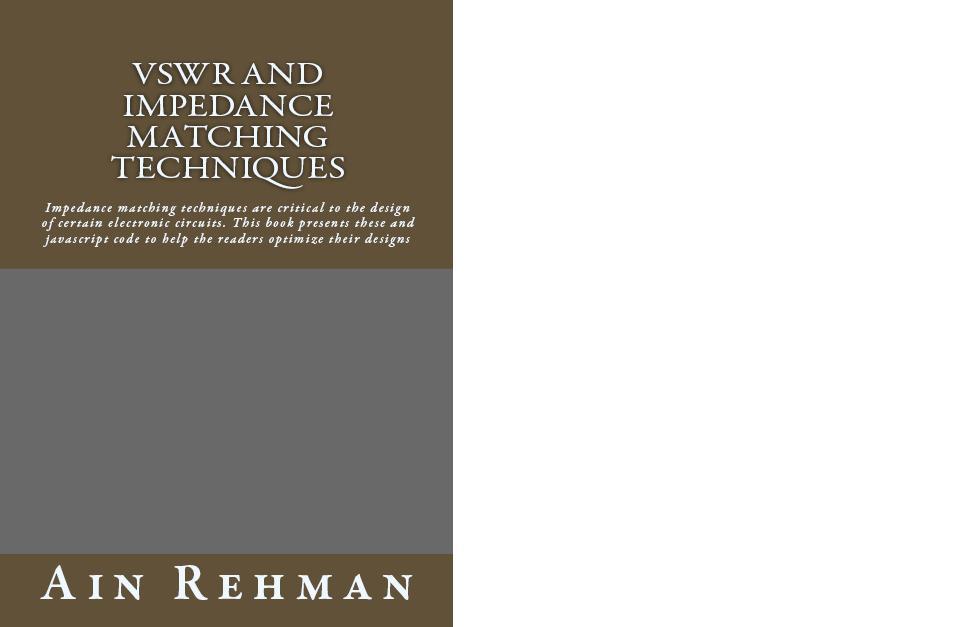The antenna factor, usually specified by antenna manufacturers provides the relationship between the open circuit voltage at the antenna terminals and the E wave impinging on the antenna. In other words, Antenna Factor = AF = Abs(E field)/abs(Open circuit voltage). Therefore the absolute value of the received voltage at the antenna terminals is given by Absolute value of the electric field divided by the antenna factor. In many cases this is expressed in dB terms. In this case absolute value of the open circuit voltage in dB = absolute value of the electric field in dB-the antenna factor in dB. As an example assume that: (1) The E field at the surface of the antenna is 80 dB uV/m, (2) The open circuit voltage at the circuit terminals is measured by a spectrum analyzer to be 45 dBuV, (3) The loss in the cable connecting the antenna terminals to the circuit terminals is 6.0 dB. Then AF = 80 -(45 + 6)= 29 dB.
Please visit our website for more information on related topics.





